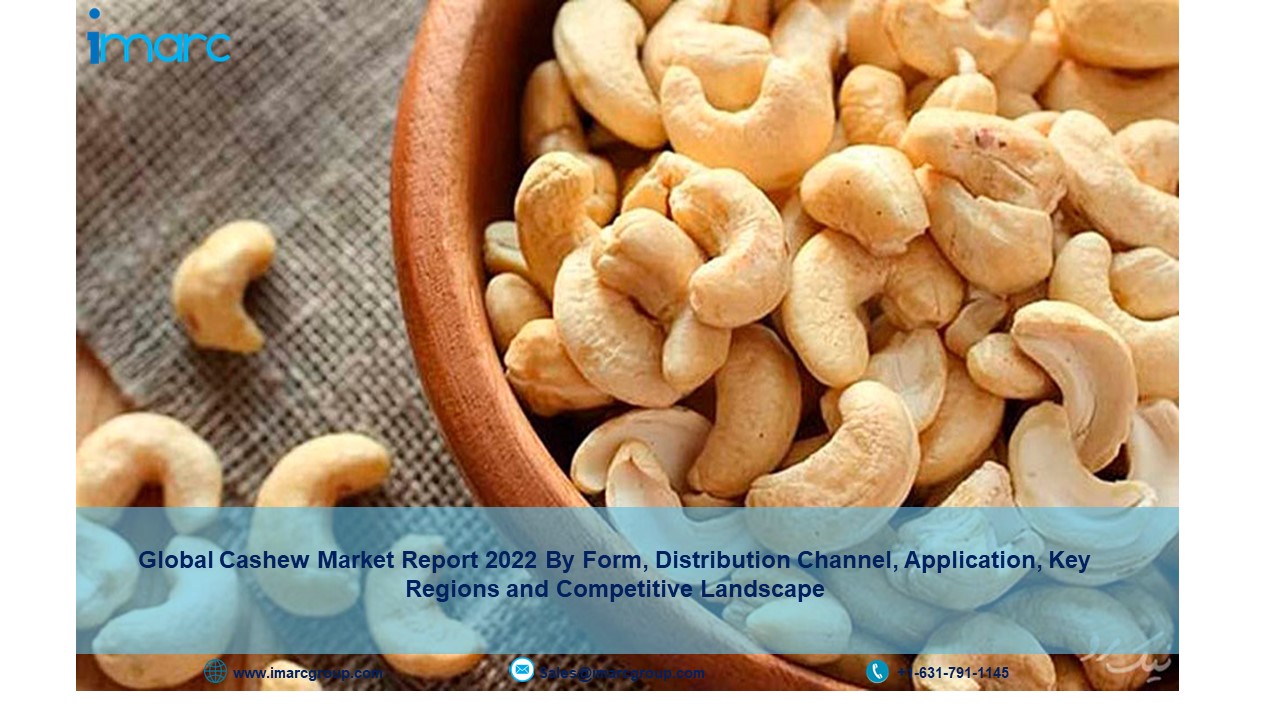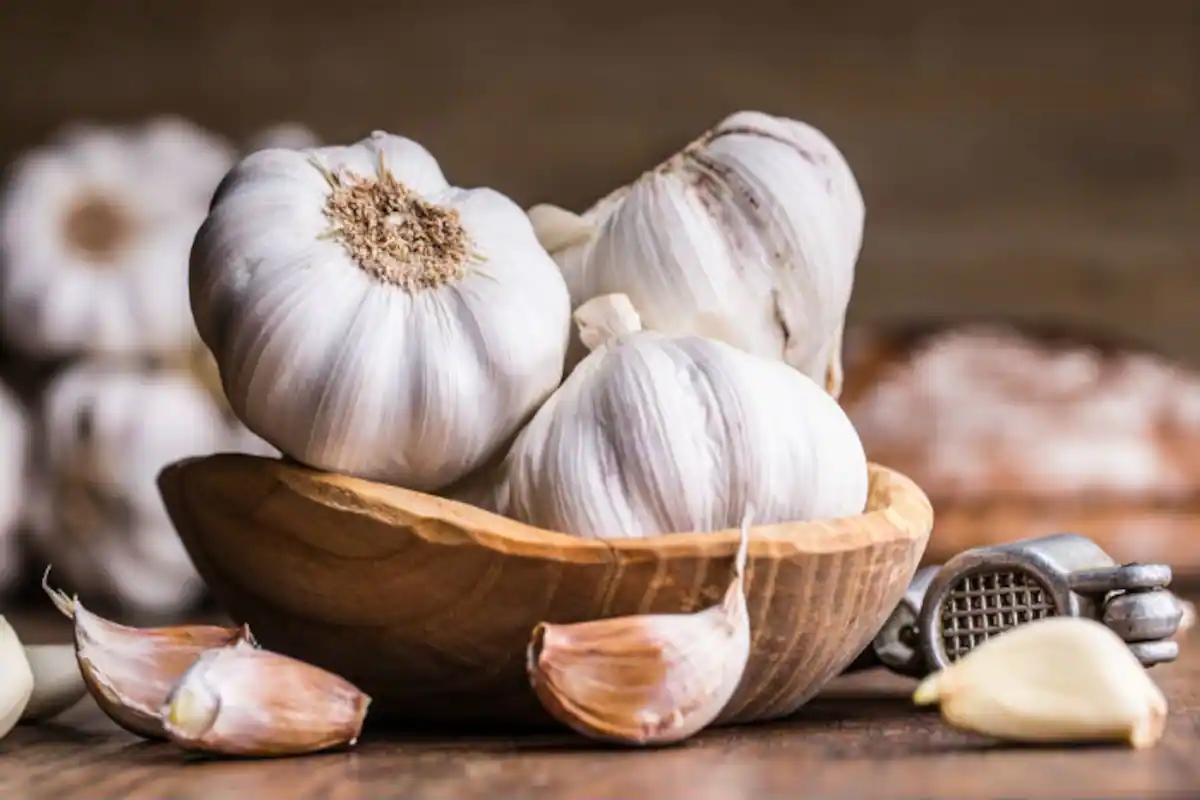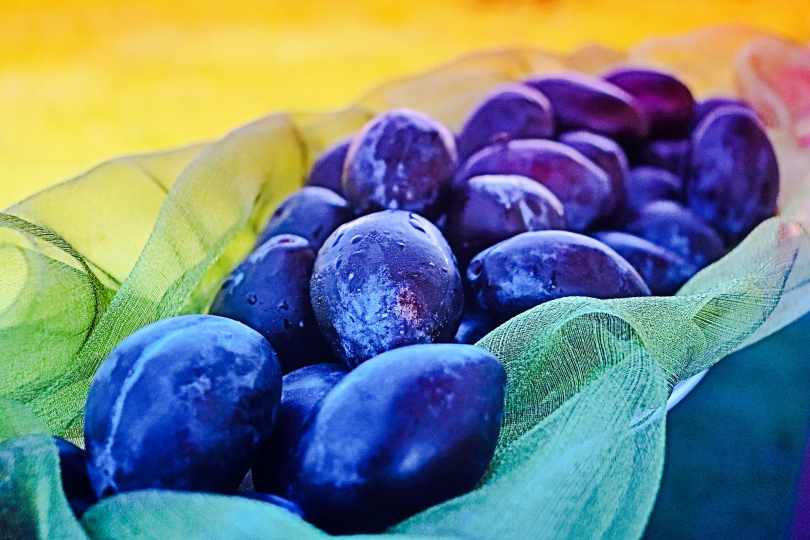Introduction
The Mediterranean and the Middle East have long cherished the sweet dish known as baklava. Baklava is a sign of welcome and generosity in many cultures and is distinguished by its flaky pastry layers and sweet filling. In this essay, we’ll delve into the interesting world of baklava, including its historical background, numerous regional baklava variations, and intriguing quirks.
Origins of Baklava
Although there are several hypotheses regarding the origins of baklava, it is thought to have started during the Assyrian Empire, which included portions of what is now Turkey, Iran, and Iraq. The recipe changed into the one we know today as it traveled throughout the Mediterranean and the Middle East. The recipe underwent a dramatic change when sugar syrup was introduced in the 17th century, giving it its distinctive sweetness.
Classic Baklava Variations
The Greek, Turkish, and Lebanese variants of baklava are the most popular variations. Layers of phyllo dough, nuts (often walnuts or almonds), and honey syrup are used to make Greek baklava. Although the filling for Turkish baklava traditionally consists of pistachios and sugar syrup, it also uses phyllo dough. Pistachios and other types of nuts are frequently used with Lebanese baklava, which is then drizzled with orange blossom syrup.
Regional Variations
The recipe for baklava has been modified and altered all throughout the world. Baklava from Armenia differs slightly from that from Greece and Turkey in that it has a thinner phyllo dough, less sugar syrup, and cinnamon and cloves added. Iranian baklava is often served with clotted cream and is created with thicker pastry, rose water, saffron, and cardamom flavorings. Bosnian baklava is more delicate and smaller, and it contains a variety of ground nuts. It is occasionally served with vanilla ice cream or custard.
Unique Twists on Baklava
Bakers and chefs from all over the world have been experimenting with baklava recently and developing original variations on the traditional recipe. For instance, in America, there are varieties like s’mores, apple pie, and peanut butter and jelly baklava. There are also contemporary fusion versions of baklava, such as matcha green tea, chocolate hazelnut, and pumpkin spice. Additionally, there are choices like lamb and onion baklava and spinach and feta baklava for individuals who favor savory flavors.
How to Make Baklava: Tips and Tricks
Baklava preparation is not as complex as it may seem, although it can take some time. The secret is to utilize the correct components and adhere to the right procedures. For instance, making sure the nuts are properly ground and selecting the proper phyllo dough (which is typically located in the frozen department of grocery shops) are both crucial. Making the ideal sugar syrup is also crucial since it keeps the pastry sweet and moist. Last but not least, using the right layering and baking methods can help guarantee that your baklava comes out wonderfully flaky and delectable.
Conclusion
Desserts like baklava have endured through the ages for a good reason. It is a delightful and adaptable dessert that can be made to suit any palate. It doesn’t matter if you choose a traditional Greek baklava or a contemporary fusion version; this sweet and flaky pastry is irresistible. We can better appreciate baklava by learning about its numerous regional variants and creative alterations.





